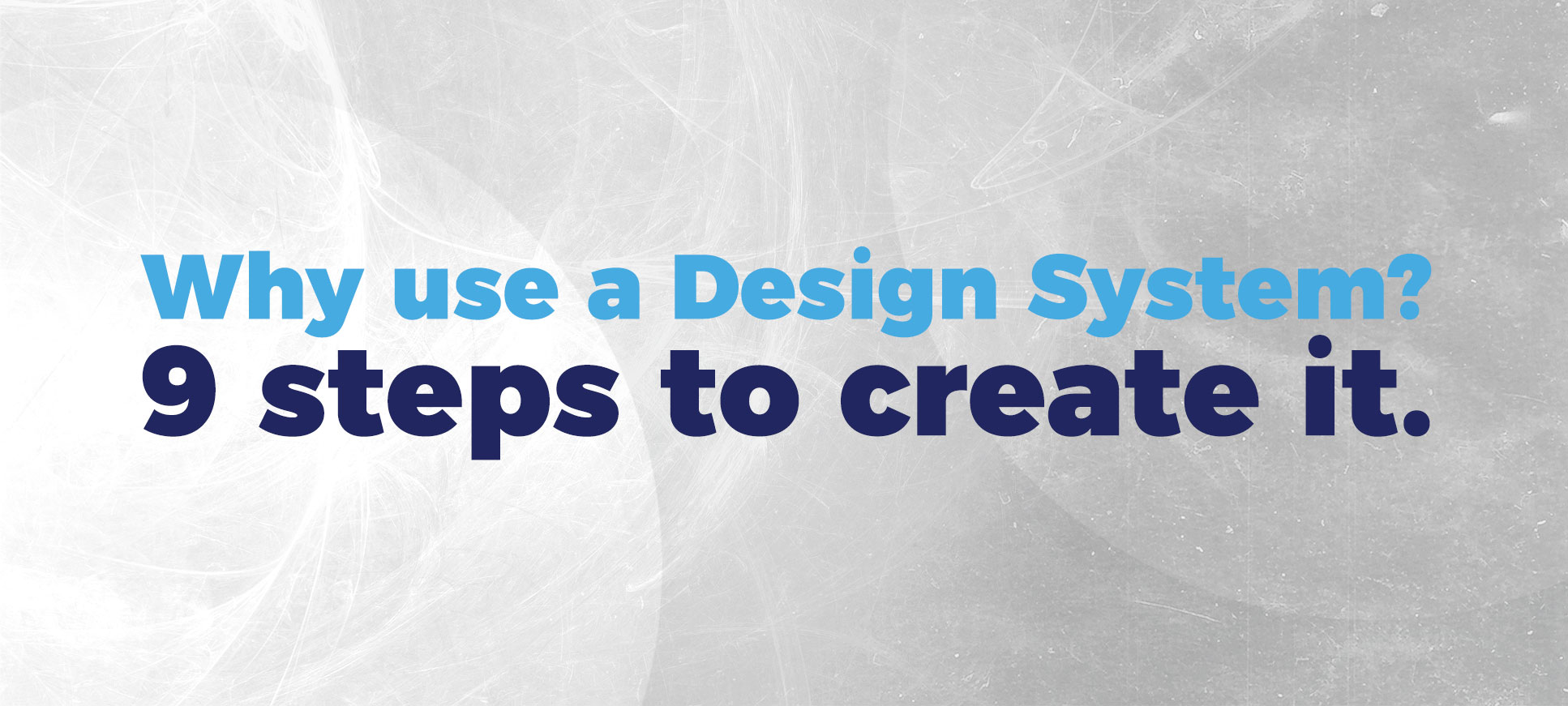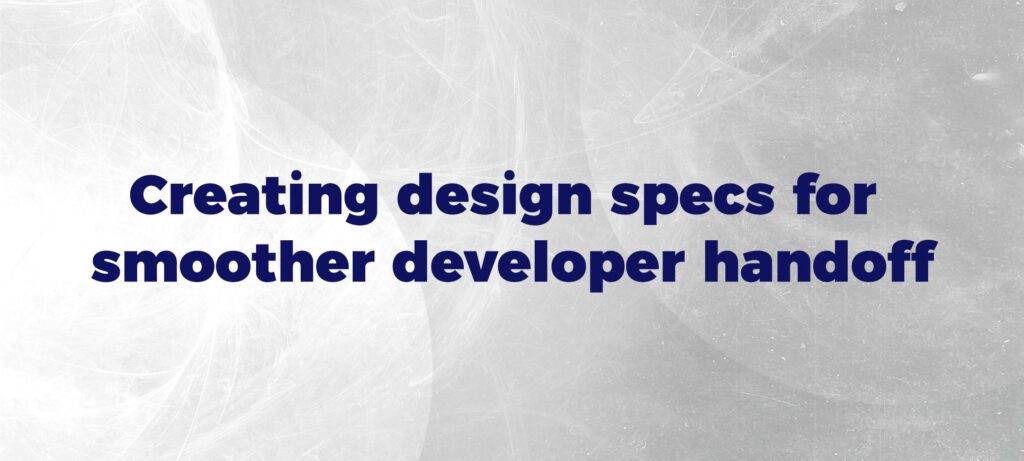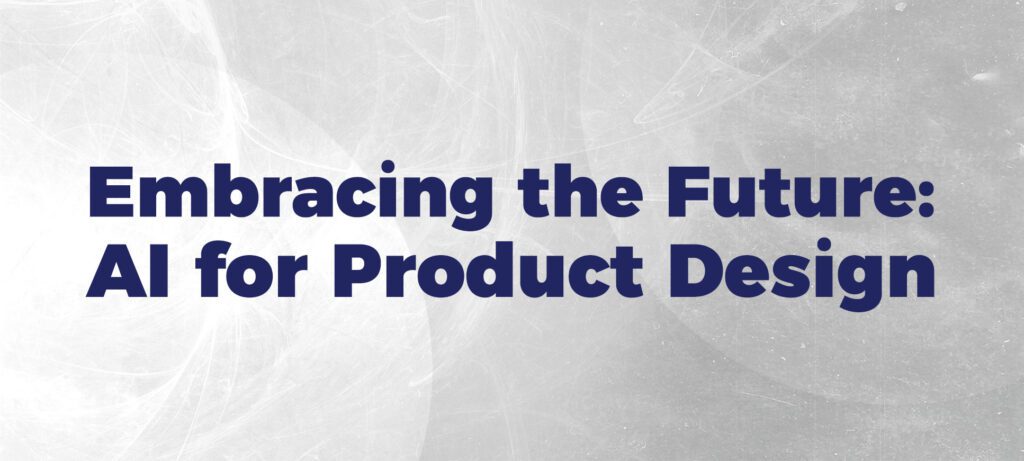This is a question that most new designers can ask. The truth here is that the design system provides a consistent and cohesive visual and interactive experience across all products and platforms within an organization. A UI design system typically includes things like typography, color schemes, iconography, layout patterns, UI components and interactions behavior.
For a clear understanding, we can compare it to Lego pieces. It’s a set of various design components combined within the system, where there will be the same visual consistency, creating countless possibilities.
Creating a design system is a detailed process that involves several stages, from initial conception to implementation and ongoing maintenance. Here are the key processes involved in creating a design system:

1 – Research and Goal Definition
It is crucial to conduct research to understand the needs of the design and development team, as well as the needs of end-users. Clearly define the objectives of the Design System, such as visual consistency and efficient design and development processes.

2- Color Palettes
Color palettes are a fundamental component of a design system that contributes to brand identity, consistency, accessibility, and efficiency while allowing for creativity and adaptability.

3- Space & Layout
Grid systems are the backbone of effective design. They enhance consistency, alignment, hierarchy, and efficiency while allowing for creativity and adaptability.

4- Patterns
This hierarchical structure helps design and development teams work more efficiently and maintain consistency throughout the design system. It also allows for modularity and reusability to scale and adapt the design system to different projects and contexts.

5- Typography
It is a critical component of a design system that influences branding, readability, and overall design aesthetics. By defining and documenting typographic guidelines within a design system, organizations can ensure a consistent and appealing user experience across all their digital and print materials.

6- Icons
Are integral components of a design system that contribute to clear communication, enhance user experiences, consistency, and brand identity. When incorporated thoughtfully into a design system, icons can significantly improve the usability and visual appeal of digital products and services.

7- Corners & Radius
In design, ‘corners’ and ‘radius’ refer to the curvature of elements. Corners can be sharp or rounded, depending on whether they have a 90-degree angle or a gentle curve. The degree of rounding is determined by the ‘radius’ value, typically measured in pixels. Larger radii result in more rounded corners.

8- Testing
It is an integral part of a design system’s development and maintenance process. It ensures that the system is user-friendly, functionally sound, accessible, and consistent across different environments. Regular testing and collaboration among design system teams meet user needs and project requirements.

9- Documentation
Comprehensive documentation in a design system is essential for maintaining consistency, facilitating collaboration between design and development teams, and ensuring that the system is used effectively. It serves as a valuable reference and educational tool for everyone involved in creating and maintaining digital products and experiences.
Conclusion
A design system is of paramount importance to a company due to its ability to ensure consistency in visual identity, improve efficiency in design and development, enhance user experience, and promote accessibility. It also aids in scalability, fosters collaboration between teams, reduces costs, and provides a competitive advantage, making it an asset that contributes to a company’s overall success in the digital realm.
Written by: Ingrid Santos
Follow on LinkedIn






